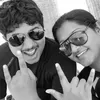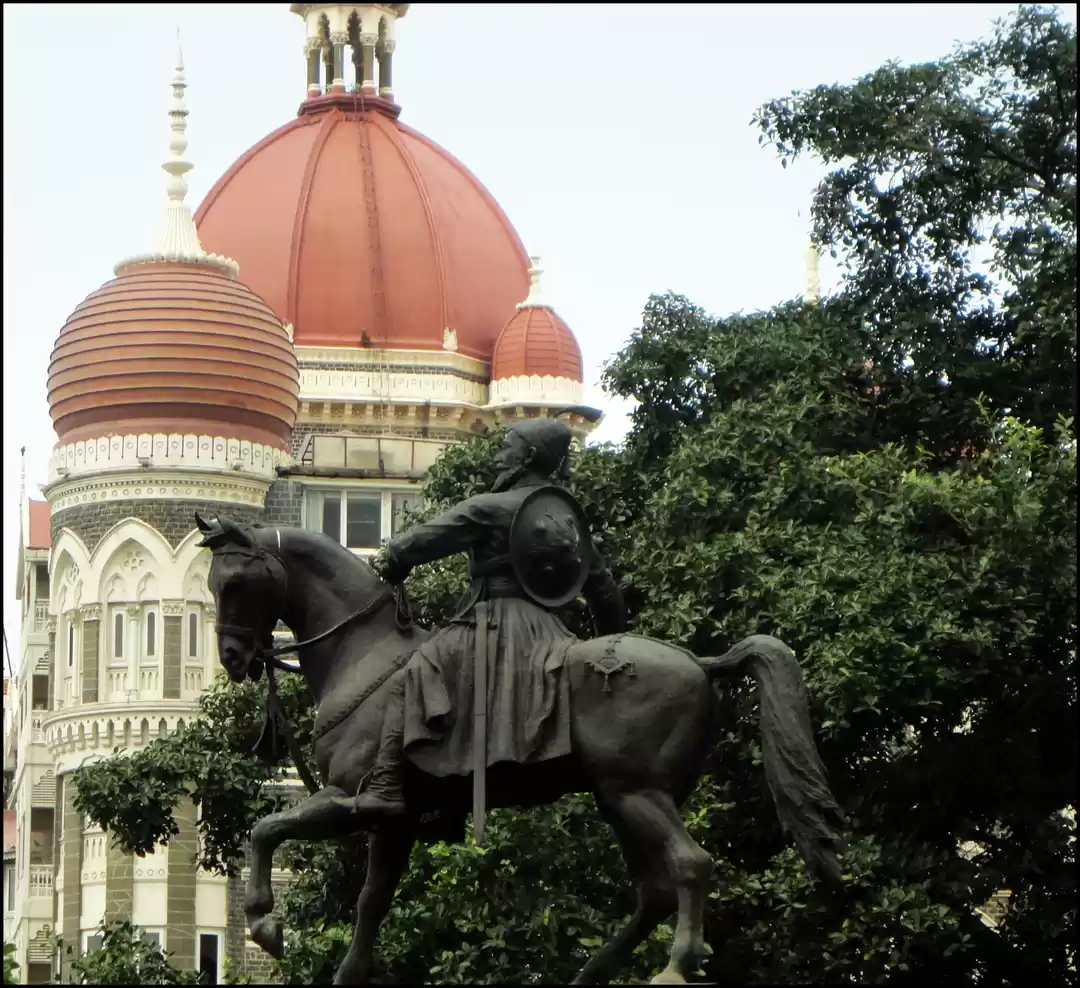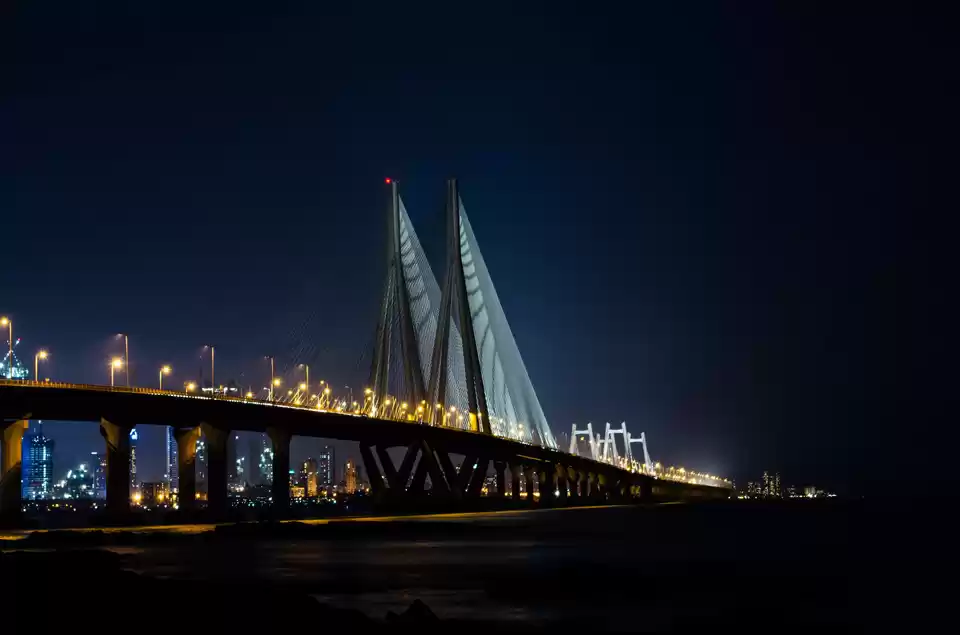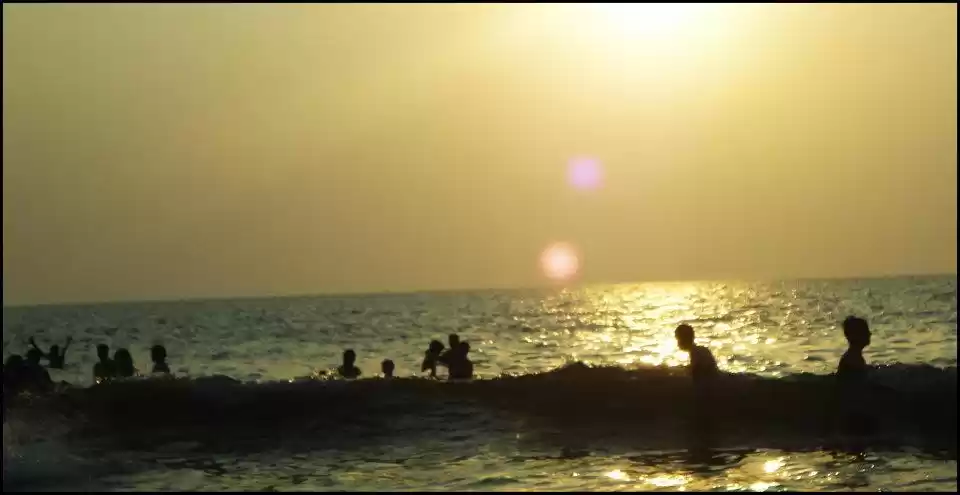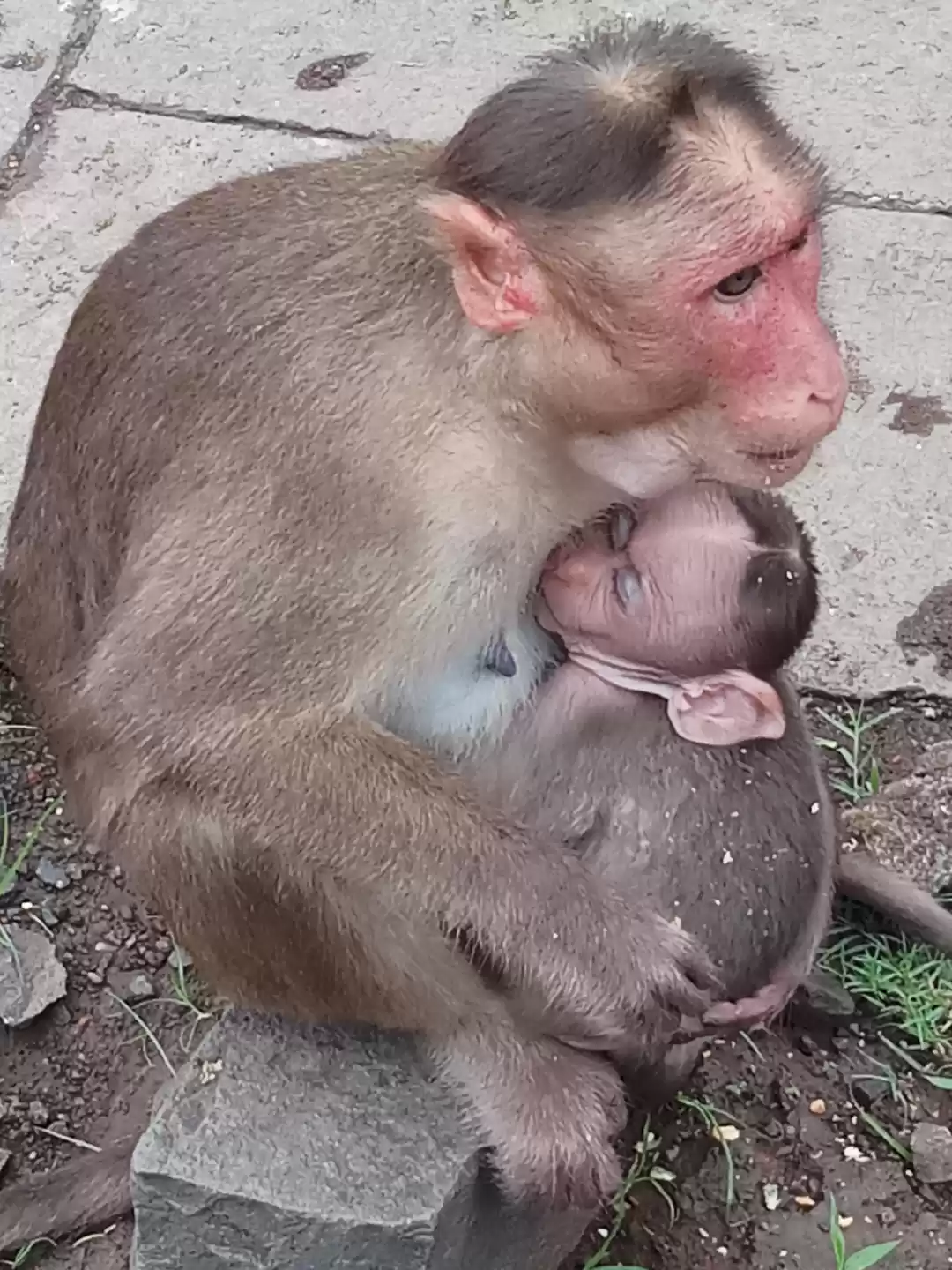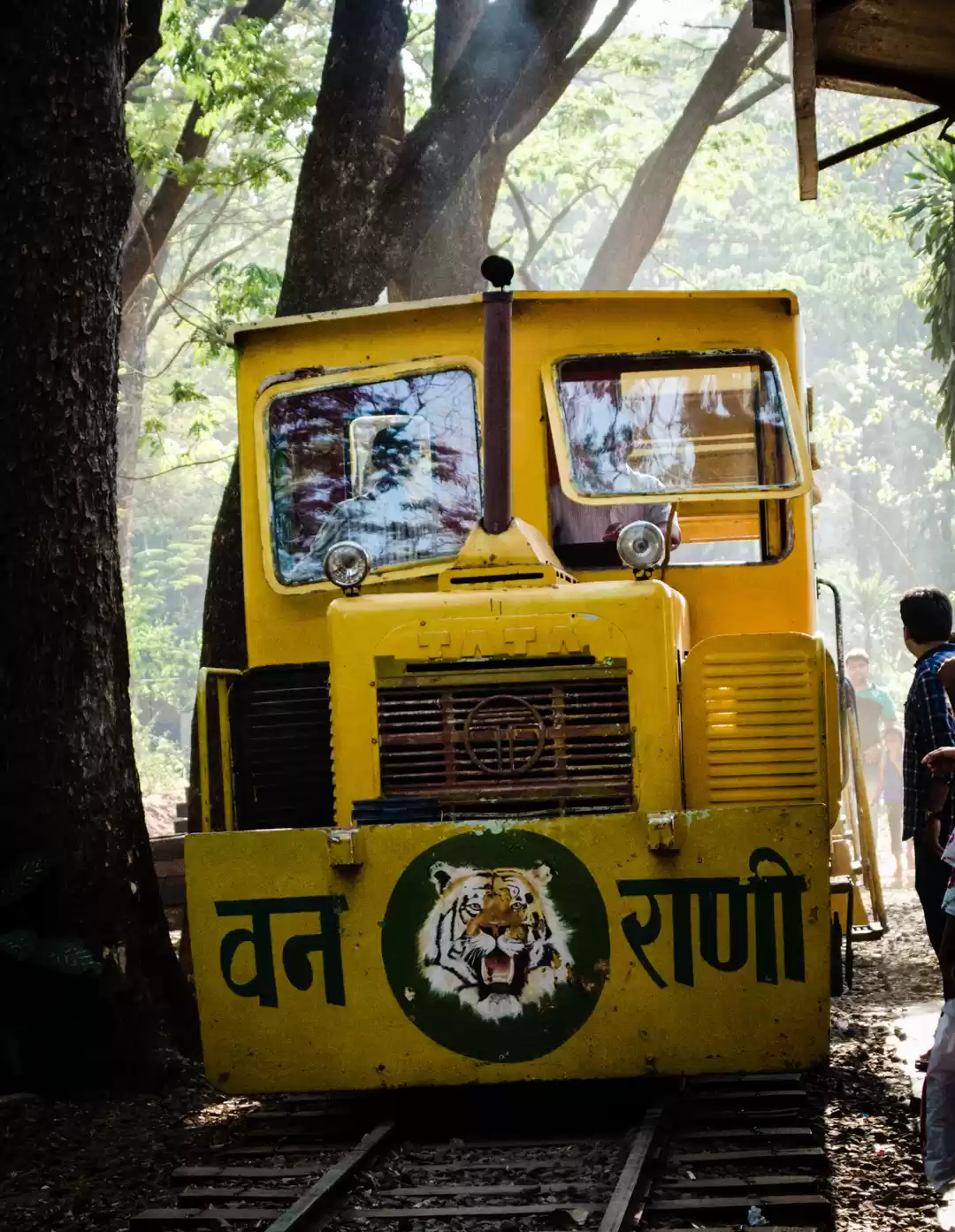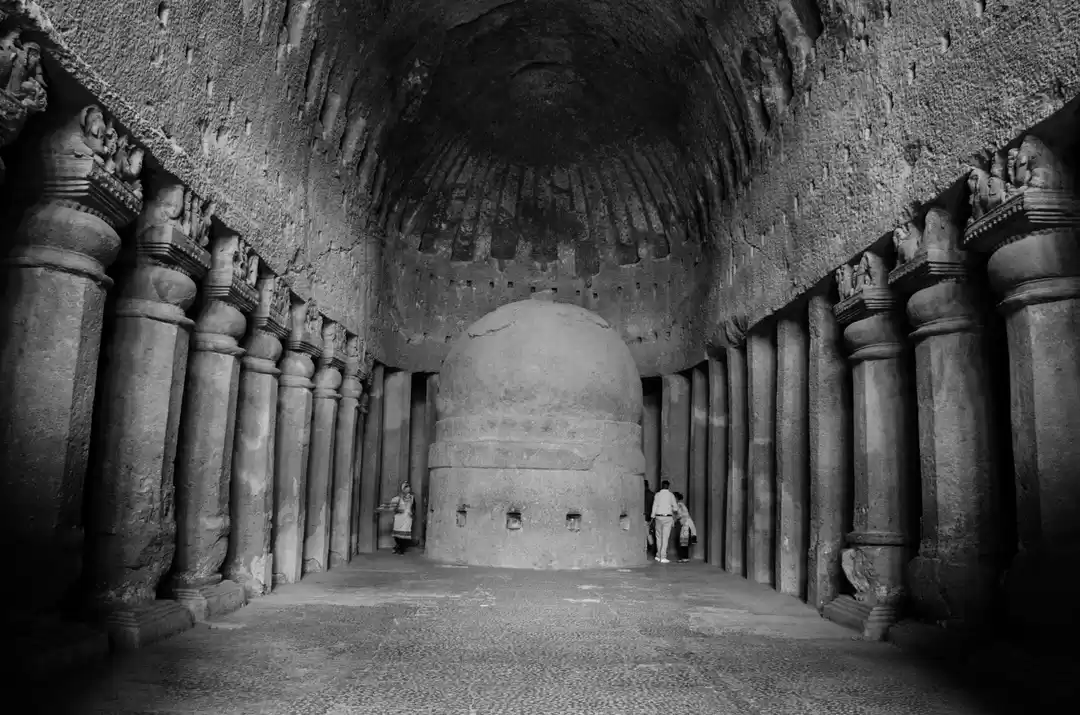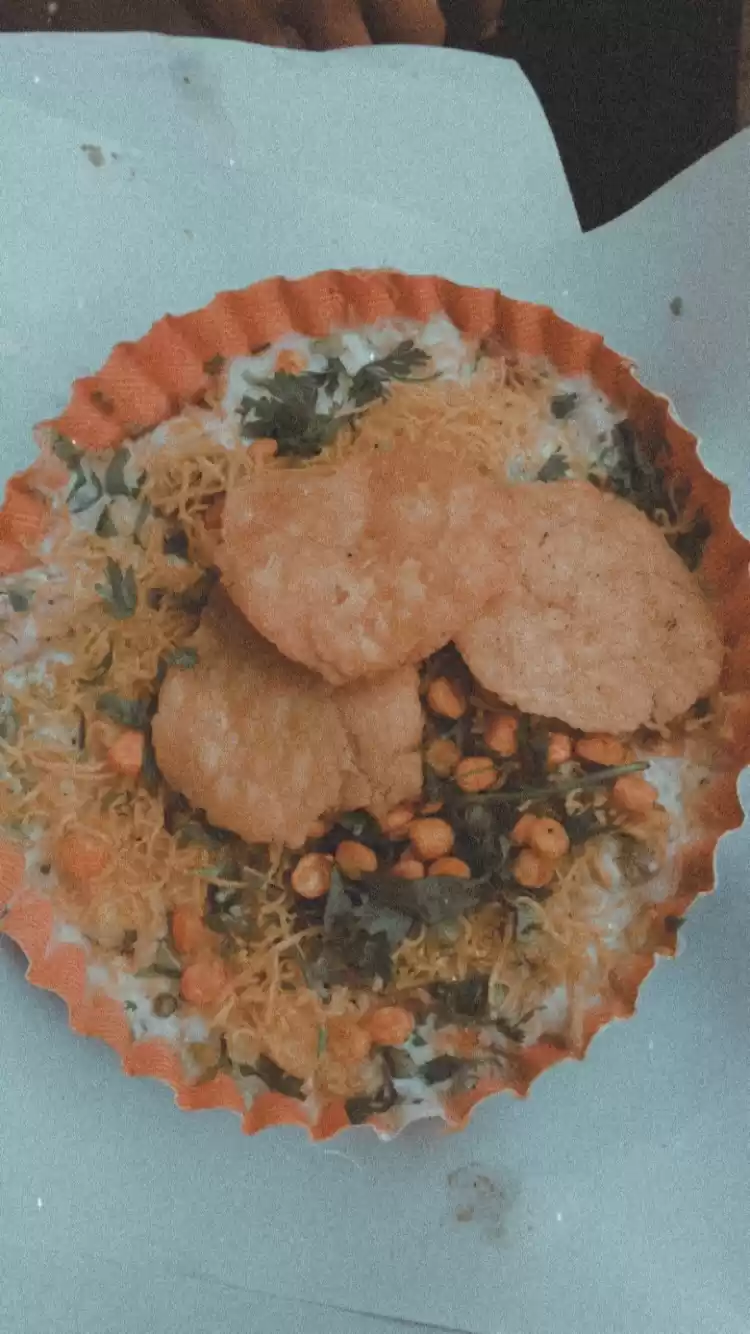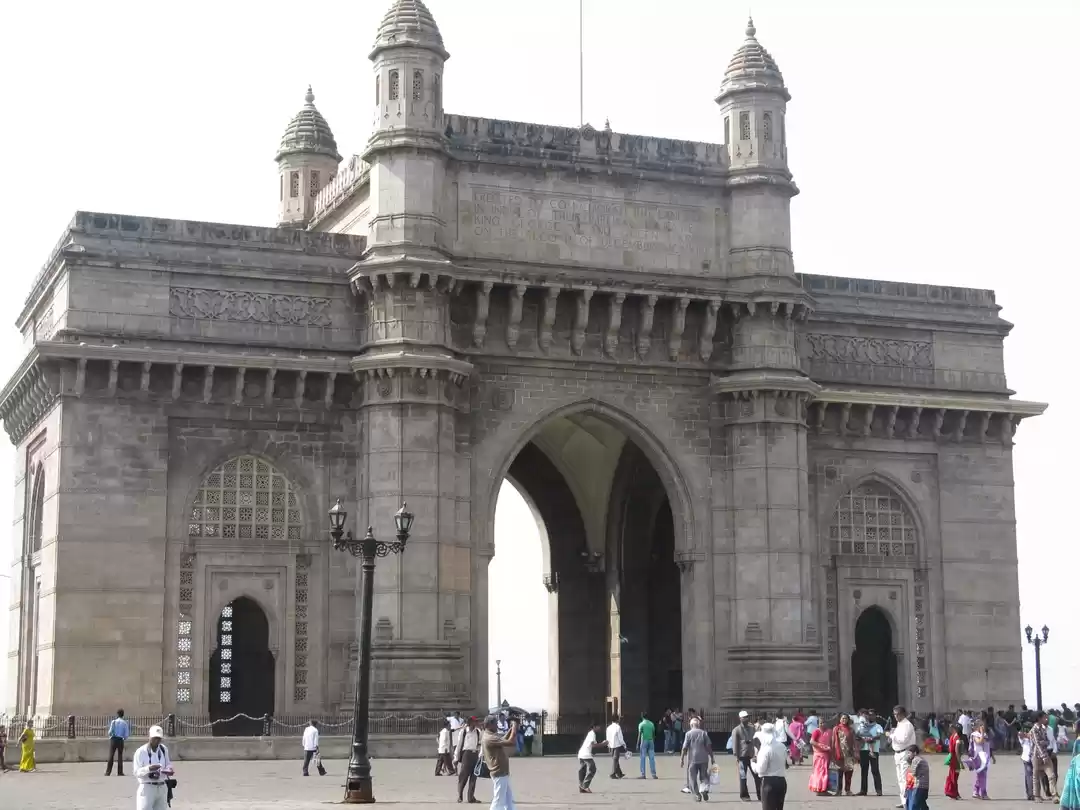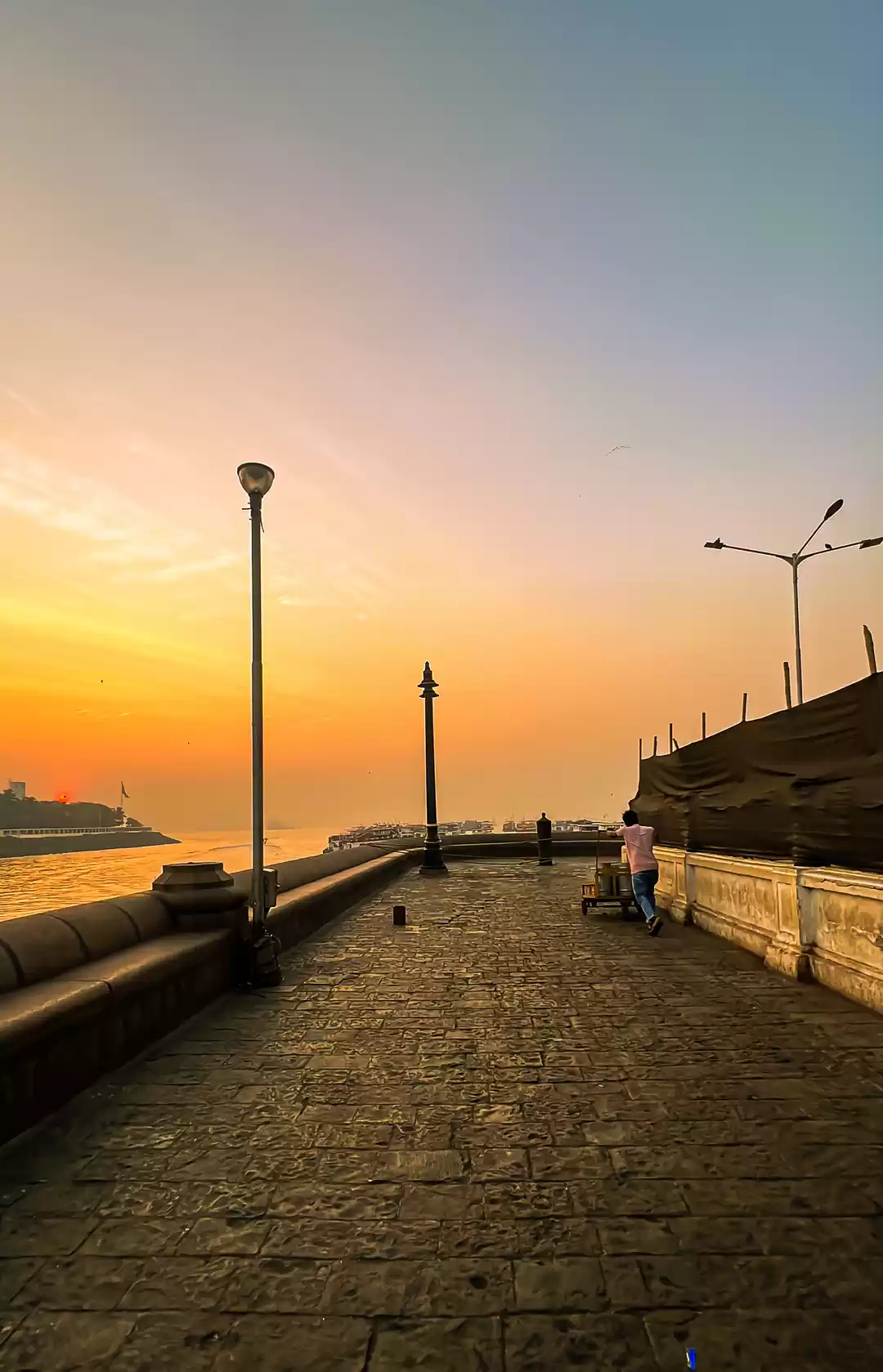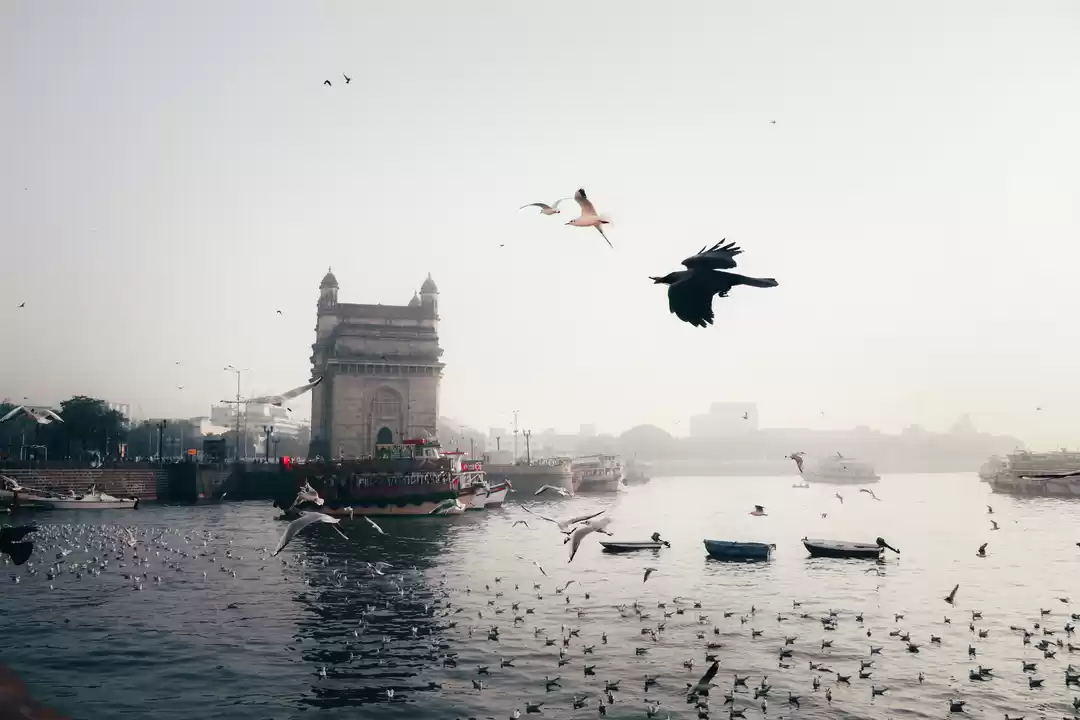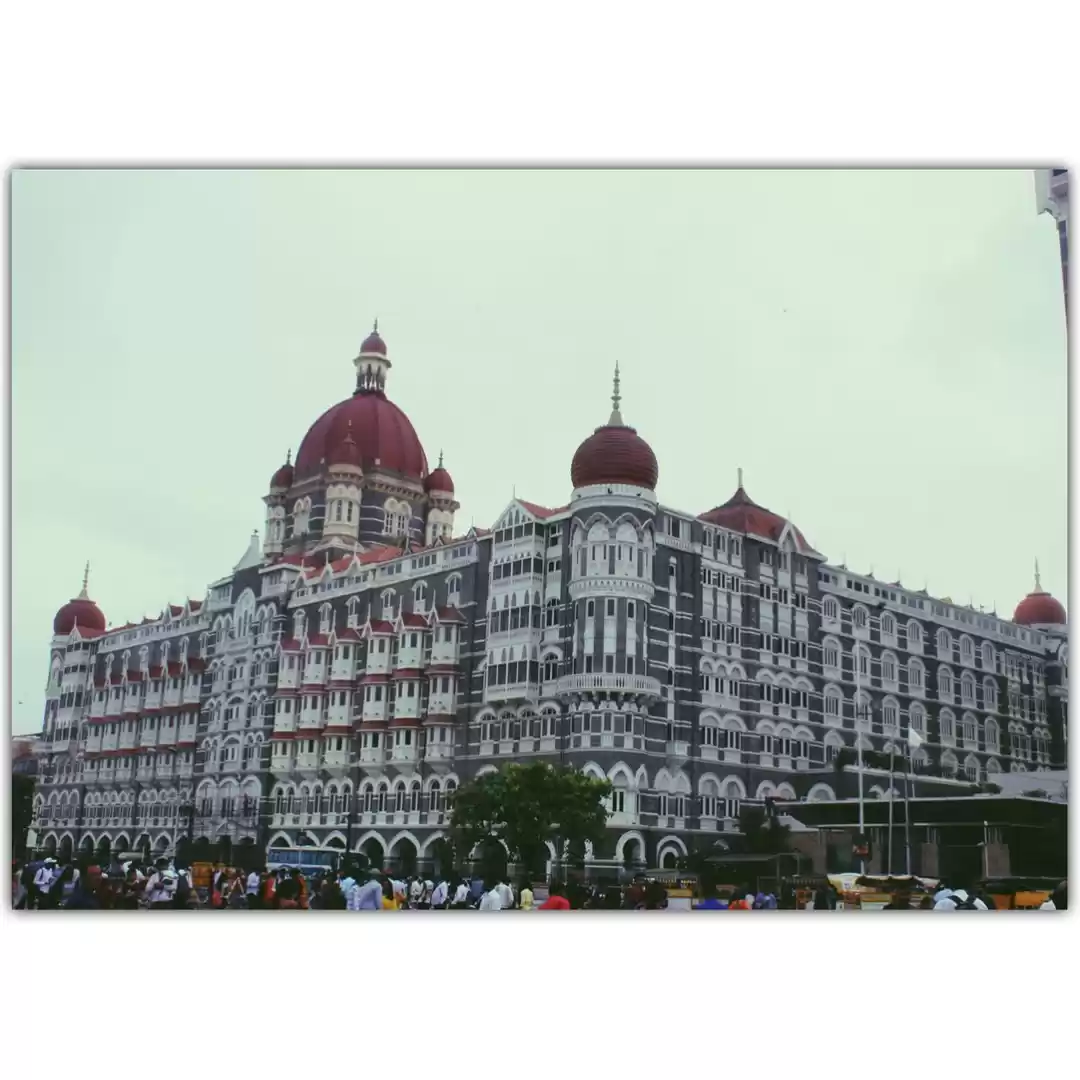The Gateway of India in Mumbai is a majestic arch that stands on the waterfront of the Arabian Sea, overlooking the Mumbai Harbour. The architecture of the Gateway of India is a blend of Hindu and Muslim architectural styles, reflecting the rich cultural heritage of India.
It was built to commemorate the visit of King George V and Queen Mary to India in 1911, and it also witnessed the departure of the last British troops from India in 1948. A symbol of colonial history, the Gateway of India is one of India's most popular tourist sites, drawing visitors from around the world.
Architecture Of Gateway of India

- The Gateway of India is 26 meters tall and 15 meters wide, made of yellow basalt and concrete in an Indo-Saracenic style that blends elements of Hindu, Islamic and European architecture.
- It has four turrets, a 48-meter central dome with intricate decorations, and four elephant-carved pillars. It is decorated with intricate latticework and floral motifs.
- Two halls with capacities of 600 and 400 people are located on its sides.
- The Gateway of India was designed by George Wittet, a Scottish architect who also designed other prominent buildings in Mumbai such as the Prince of Wales Museum and the General Post Office.
- The foundation stone was laid on March 31, 1911, and it was opened on December 4, 1924.
History & Significance Of Gateway Of India
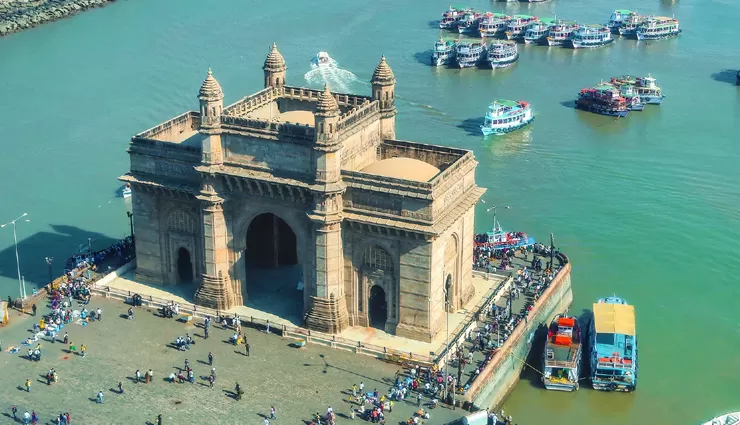
- The Gateway of India was originally planned as a welcome monument for King George V and Queen Mary's visit to India in 1911. However, it was completed in 1924 after their departure, and they were greeted by a cardboard replica.
- The gateway witnessed the departure of the last British troops from India on February 28, 1948, marking the end of British rule and the beginning of Indian independence.
- The Somerset Light Infantry received a salute from Indian soldiers as they left from the gateway.
- A statue of Chhatrapati Shivaji Maharaj, the Maratha warrior king, was unveiled at the gateway by Jawaharlal Nehru on January 26, 1961. The bronze statue depicts Shivaji riding a horse and holding a sword, standing on a pedestal with inscriptions in Marathi and English.
Must Read: Gateway of India to Elephanta- Must Visit Tour if you are in Mumbai
Things to Do Near Gateway of India
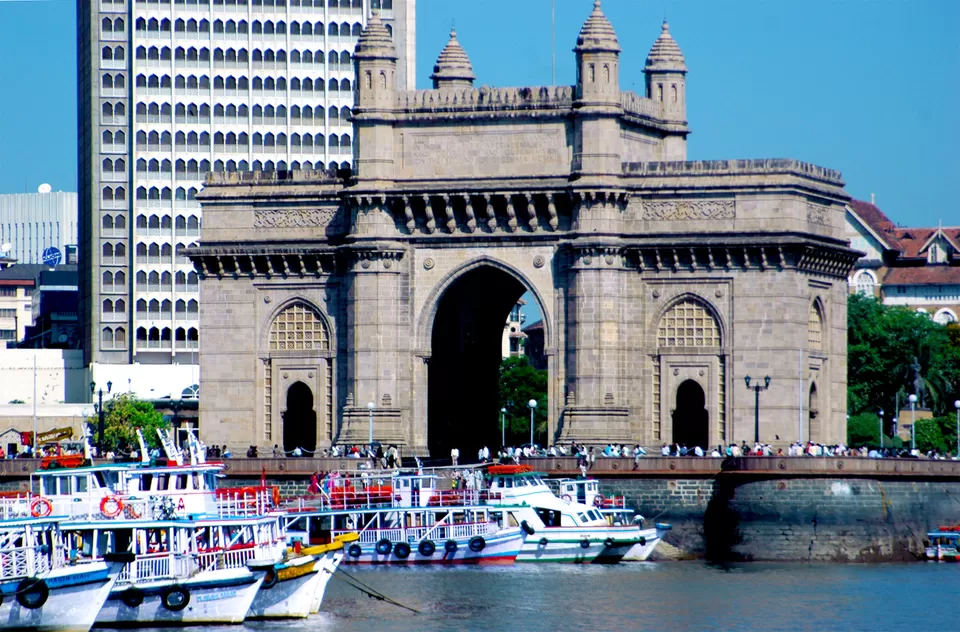
Relaxing by the Sea: The promenade near the Gateway of India offers a peaceful escape from the city's hustle and bustle, with benches and seating areas where visitors can relax and enjoy views of the Arabian Sea.
Food tours of India: Food tours of India is a walking tour that takes you to different eateries and stalls near the Gateway of India. Some of the items that you can try are vada pav, pav bhaji, bhel puri, kebabs, biryanis, kulfi and more.
The tour lasts for about three hours and costs around INR 2000 per person.
Ferry rides: Ferry rides are a great way to enjoy the scenic views of the Mumbai Harbour and the Arabian Sea from the Gateway of India. You can choose from different types of boats, such as motorboats, speedboats, yachts and sailboats.
The ferry rides cost around INR 100 to INR 500 per person, depending on the type and duration of the boat. These are the best
Do you have just one day in hand? These are the Best Places To Visit In Mumbai In One Day
Dining options near the Gateway of India
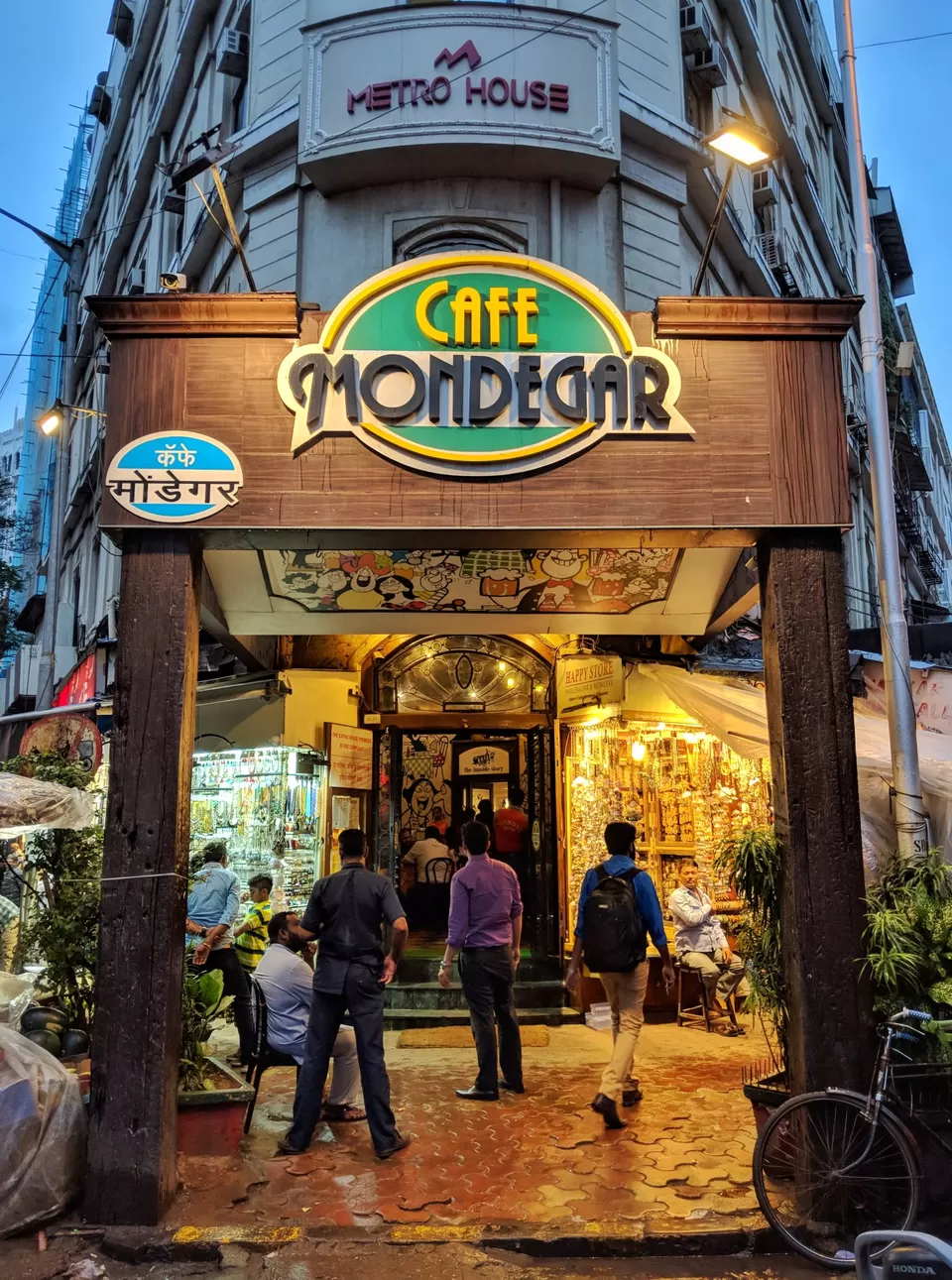
Café Mondegar: Known for its retro ambiance and vibrant murals, Café Mondegar is a popular hangout spot for locals and tourists alike.
Approximate cost for two: INR 800-1000. Must-haves: Their burgers and fish and chips are popular choices.
Leopold Café: Leopold Café is a historic landmark in Mumbai, known for its lively atmosphere and its mention in the novel "Shantaram."
Approximate cost for two: INR 1000-1200. Must-haves: Their chicken tikka and beer are highly recommended.
Bademiya: Bademiya is famous for its delicious kebabs and grilled specialties, served in a casual street-side setting.
Approximate cost for two: INR 800-1000. Must-haves: Their seekh kebabs and chicken tikka are must-tries.
Taj Mahal Palace Hotel: The Taj Mahal Palace Hotel is a historic luxury hotel known for its exquisite dining experiences and impeccable service.
Approximate cost for two: INR 3000-4000. Must-haves: High tea at the Sea Lounge is a popular choice, offering stunning views of the Arabian Sea.
Gokul Restaurant: Gokul Restaurant is known for its affordable yet delicious Indian and Chinese dishes, making it a popular choice for budget-conscious diners.
Approximate cost for two: INR 500-700. Must-haves: Their butter chicken and dal makhani are crowd favorites.
Places to Visit Near Gateway of India
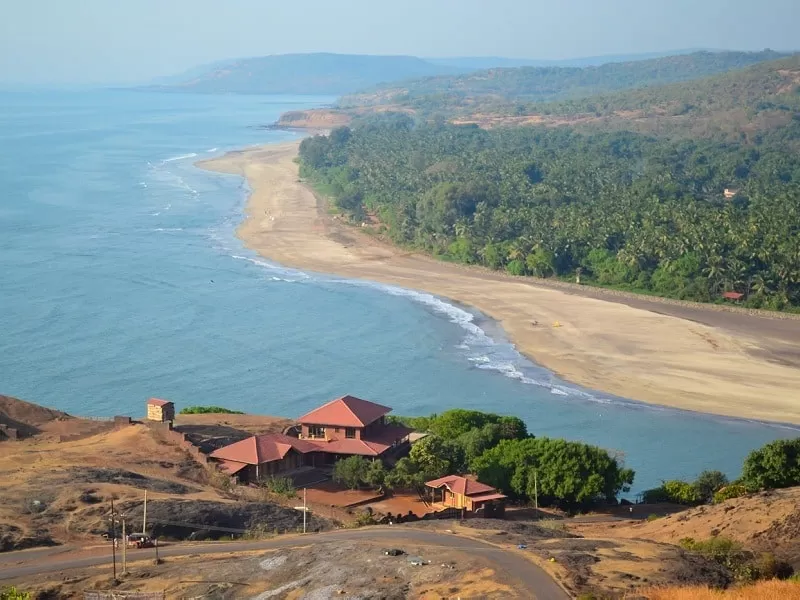
The Gateway of India is surrounded by many other attractions that can be visited along with it. Some of them are
Alibaug: Alibaug is a coastal town located about 100 km south of Mumbai. Known for its serene beaches, lush greenery and historical forts. Some of the popular beaches in Alibaug are Nagaon Beach, Kihim Beach, Mandwa Beach and historical forts are Kolaba Fort, Murud-Janjira Fort, Korlai Fort and Revdanda Fort.
Statue of Chhatrapati Shivaji Maharaj: The statue of Chhatrapati Shivaji Maharaj is a symbolic structure that stands near the Gateway of India. It is a tribute to the bravery and heroism of Shivaji, who is revered as the father of the Maratha nation.
Bowen Memorial Methodist Church: Bowen Memorial Methodist Church is an old church that is located near the Gateway of India. The church has a Gothic style of architecture, with stained glass windows, wooden pews and a pipe organ. The church also has a library that contains books and manuscripts related to Christianity and India.
Elephanta Caves: Located on Elephanta Island, just a short ferry ride away from the Gateway of India, the Elephanta Caves are a UNESCO World Heritage Site. The main cave, also known as the Great Cave, features a large sculpted panel depicting Shiva in various forms and is a stunning example of Indian rock-cut architecture.
Colaba Causeway: A bustling street market located near the Gateway of India, Colaba Causeway is a popular shopping destination for tourists and locals alike. The market offers a wide range of items, including clothing, accessories, jewelry, and handicrafts.
Must Read: Tourist Places to Visit in Mumbai
Best Time to Visit Gateway of India
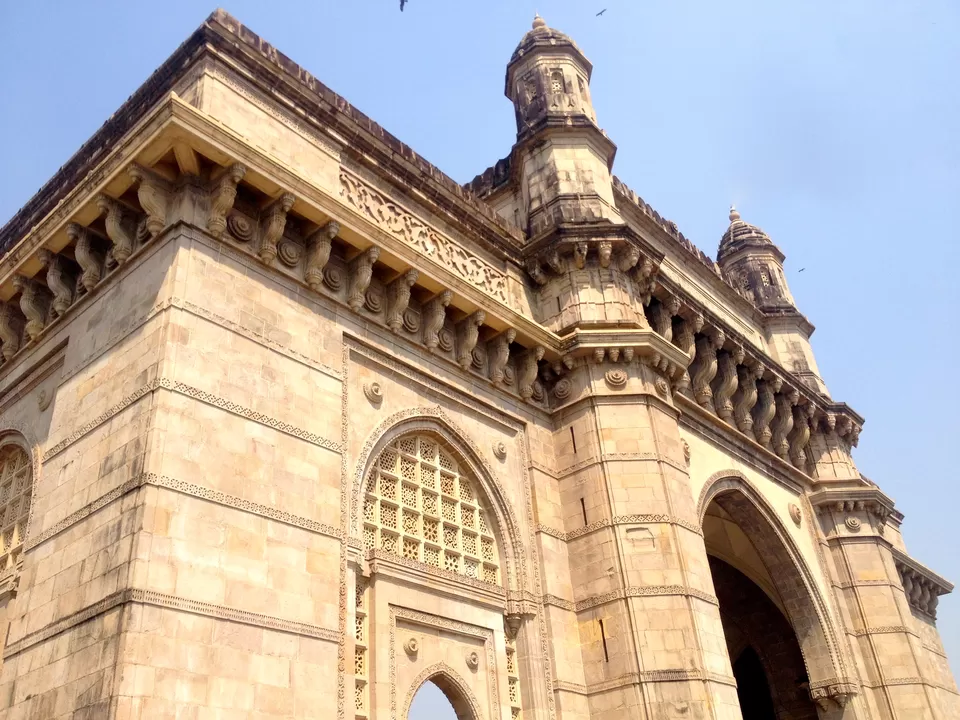
The best time to visit the Gateway of India is during the winter season, from November to February. During this time, the weather is pleasant and cool, with temperatures ranging from 15°C to 30°C.
The winter season also coincides with many festivals and events in Mumbai, such as Diwali, Christmas, New Year and Mumbai Marathon. The winter season is also less crowded than the summer season, which is hot and humid, with temperatures reaching up to 40°C.
Entry Fees for Gateway of India
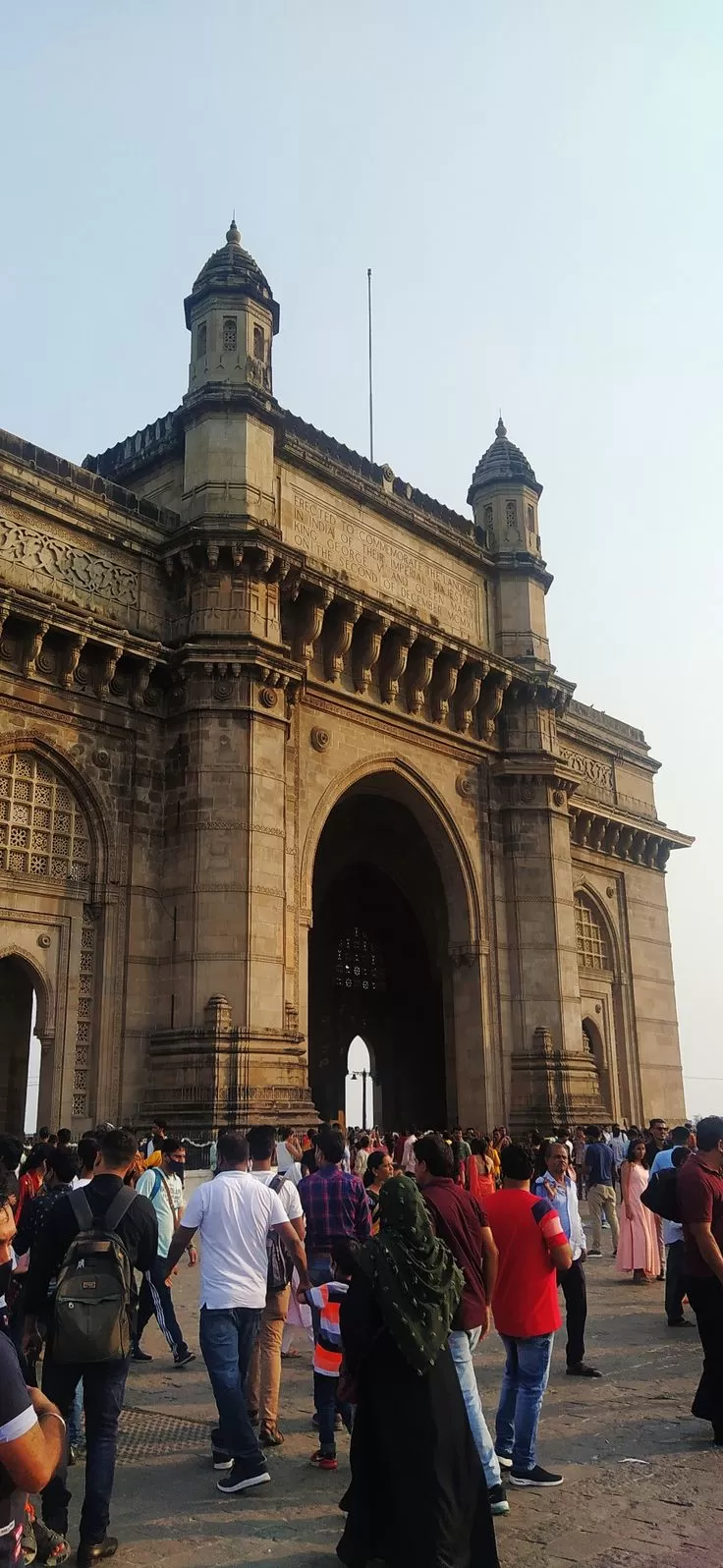
No Entry Fees: Visitors can explore the Gateway of India without any charges.
Free Access: Enjoy the monument and its surroundings without the need for tickets.
Boat Ride Prices: Range from INR 30 to INR 150 depending on the type of boat ride chosen.
How to Reach Gateway of India
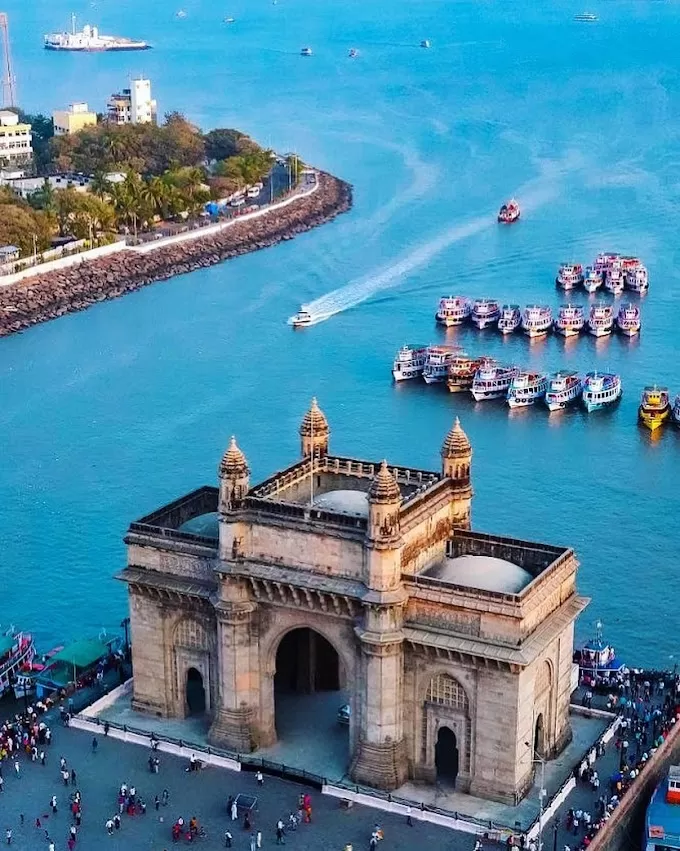
Train: The nearest railway station is Churchgate Station, about 2 km away. Take a local train to Churchgate Station and then a taxi or auto-rickshaw to the gateway. Train fare ranges from INR 5 to INR 25.
Bus: The closest bus stop is Regal Cinema Bus Stop, around 500 meters away. Take a bus to Regal Cinema Bus Stop and then walk to the gateway. Bus fare ranges from INR 10 to INR 50.
Taxi: Taxis are available from anywhere in Mumbai directly to the gateway. Taxi fare varies from INR 100 to INR 500 depending on the distance and traffic.
Ferry: If coming from outside Mumbai, take a ferry from Mandwa Jetty or Rewas Jetty in Raigad district to Gateway of India Jetty. The ferry ride takes about an hour and costs around INR 100 per person.
You may also like to know: A Day at the Gateway of India


